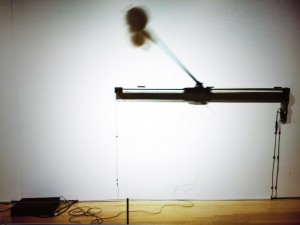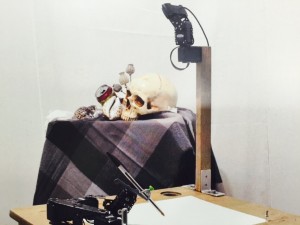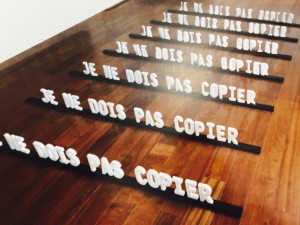Reading Unwired by Gaia Bernstein for New Statesman, 15 May 2023
In 2005, the journal Obesity Research published a study that, had we but known it, told us everything we needed to know about our coming addiction to digital devices.
The paper, “Bottomless Bowls: Why Visual Cues of Portion Size May Influence Intake” was about soup. Researchers led by Brian Wansink of Cornell University invited volunteers to lunch. One group ate as much soup as they wanted from regular bowls. The other ate from bowls that were bolted to the table and refilled automatically from below. Deprived of the “stopping signal” of an empty bowl, this latter group ate 73 per cent more than the others — and had no idea that they had over-eaten.
It’s a tale that must haunt the dreams of Asa Raskin, the man who invented, then publically regretted, “infinite scroll”. That’s the way mobile phone apps (from Facebook to Instagram, Twitter to Snapchat) provide endless lists of fresh content to the user, regardless of how much content has already been consumed.
Gaia Bernstein, a law professor at Seton Hall, includes infinite scroll in her book’s catalogue of addicting smart-device features. But this is as much about what these devices don’t do. For instance in his 2022 book Lost Focus Johann Hari wonders why Facebook never tells you which of your friends are nearby and up for a coffee. Well, the answer’s obvious enough: because lonely people, self-medicating with increasing quantities of social media, are Facebook’s way of making money.
What do we mean when we say that our mobile phones and tablets and other smart devices are addicting?
The idea of behavioural addiction was enshrined in DSM-5, the manual of mental disorders issued by the American Psychiatric Association, in 2015. DSM-5 is a bloated beast, and yet its flaky-sounding “Behavioral Addictions” — that, on the face of it, could make a mental disorder of everything we like to do — have proved remarkably robust, as medicine reveals how addictions, compulsions and enthusiasms share the same neurological pathways. You can addict humans (and not just humans) to pretty much anything. All you need to do is weaponise the environment.
And the environment, according to Bernstein’s spare, functional and frightening account, is most certainly weaponised. Teenagers, says Bernsteins, spend barely a third of the time partying that they used to in the 1980s, and the number of teens who get together with their friends has halved between 2000 and 2015. If ever there was a time to market a service to lonely people by making them more lonely, it’s now.
For those of us who want to sue GAMA (Google, Amazon, Meta, Apple) for our children’s lost childhood, galloping anxiety, poor impulse control, obesity, insomnia and raised suicide risk, the challenge is to demonstrate that it’s screentime that’s done all this damage to how they feel, and how they behave. And that, in an era of helicopter-parenting, is hard to do. danah boyd’s 2014 book It’s Complicated shows how difficult it’s going to be to separate the harms inflicted by little Johnny’s iPhone from all the benefits little Johnny enjoys. To hear boyd tell it, teenagers “obsessed” with social media are simply trying to recreate, for themselves and each other, a social space denied them by anxious parents, hostile authorities, and a mass media bent on exaggerating every conceivable out-of-doors danger.
The Covid pandemic has only exacerbated the stay-at-home, see-no-one trend among young people. Children’s average time online doubled from three to six hours during lockdown. It use to be that four per cent of children spent more than eight hours a day in front of a smart screen. Now over a quarter of them do.
Nor have we merely inherited this dismal state of affairs; we’ve positively encouraged it, stuffing our schools with technological geegaws in the fond and (as it turns out) wildly naive belief that I.T. will improve and equalise classroom performance. (It doesn’t, which this is why Silicon Valley higher-ups typically send their children to Waldorf schools, which use chalk, right up until the eighth grade.)
Bernstein, who regularly peppers an otherwise quite dry account with some eye-popping personal testimony, recalls meeting one mum whose son was set to studying history through a Roblox game mode called Assassin’s Creed Odyssey (set in ancient Greece). “Since then, whenever she asks him to get off Roblox, he insists it is homework.”
Bernstein believes there’s more to all this than a series of unfortunate events. She thinks the makers of smart devices knew exactly what they were doing, as surely as the tobacco companies knew that the cigarettes they manufactured caused cancer.
Bernstein reckons we’re at a legal tipping point: this is her playbook for making GAMA pay for addicting us to glass.
Here’s what we already know about how companies respond to being caught out in massive wrong-doing.
First, they ignore the problem. (In 2018 an internal Facebook presentation warned: “Our algorithm exploits the human brain’s attraction to divisiveness… If left unchecked [it would feed users] more and more divisive content to gain user attention & increase time on the platform.” Mark Zuckerberg responded by asking his people “not to bring something like that to him again”.)
Then they deny there’s a problem. Then they go to war with the science, refuting critical studies and producing their own. Then, they fend off public criticism — and place responsibility on the consumer — by offering targeted solutions. (At least the filter tips added to cigarettes were easy to use. Most “parental controls” on smart devices are so cumbersome and inaccessible as to be unuseable.) Finally, they offer to create a system of self-regulation — by which time, Bernstein reckons, you’ve won, or you will have won, so long as you have proven that the people you’re going after intended, all along, to addict their customers.
You might, naively, imagine that this matter rests upon the science. It doesn’t, and Bernstein’s account of the screentime science wars is quite weak — a shallow confection built largely of single studies.
The scientific evidence is stronger than Bernstein makes it sound, but there’s still a problem: it’ll take a generation to consolidate. There are other, better ways to get at the truth in a timely manner; for instance, statistics, which will tell you that we have the largest ever recorded epidemic of teenage mental health problems, whose rising curves correlate with terrifying neatness with the launch of various social media platforms.
Bernstein is optimistic: “Justifying legal interventions,” she says, “is easier when the goal is to correct a loss of autonomy”, and this after all, is the main charge she’s laying at GAMA’s door: that these companies have created devices that rob us of our will, leaving us ever more civically and psychologically inept, the more we’re glued to their products.
Even better (at least from the point of view of a lawyer scenting blood), we’re talking about children. “Minors are the Achilles heel,” Bernstein announces repeatedly, and with something like glee. Remember how the image of children breathing in their parents’ second-hand smoke broke big tobacco? Well, just extend the analogy: here we have a playground full of kids taking free drags of Capstans and Players No. 6.
Unwired is not, and does not aspire to be, a comprehensive account of the screen-addiction phenomenon. It exists to be used: an agenda for social change through legal action. It is a knife, not a brush. But it’ll be of much more than academic value to those of us whose parenting years were overshadowed by feelings of guilt, frustration and anxiety, as we fought our hopeless battles, and lost our children to TikTok and Fortnite.

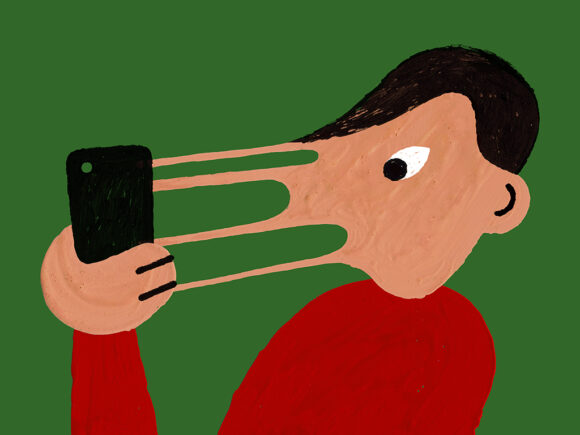
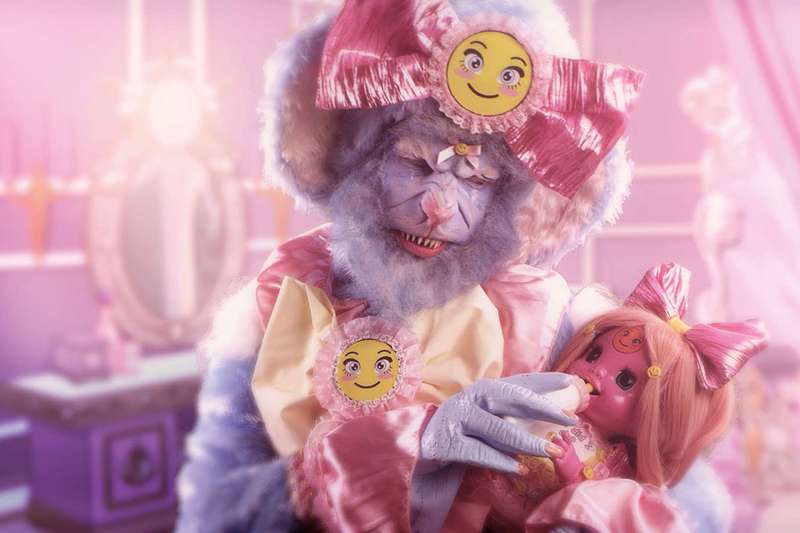 Happy Chat Beast tries to be good in Feed Me © 2013, Rachel Maclean
Happy Chat Beast tries to be good in Feed Me © 2013, Rachel Maclean
